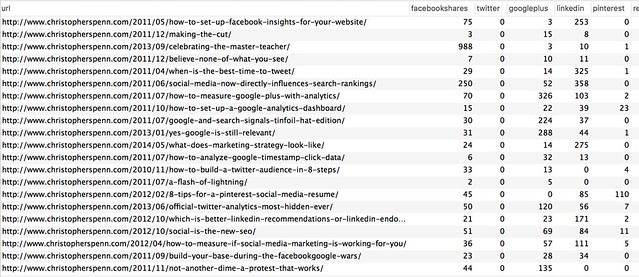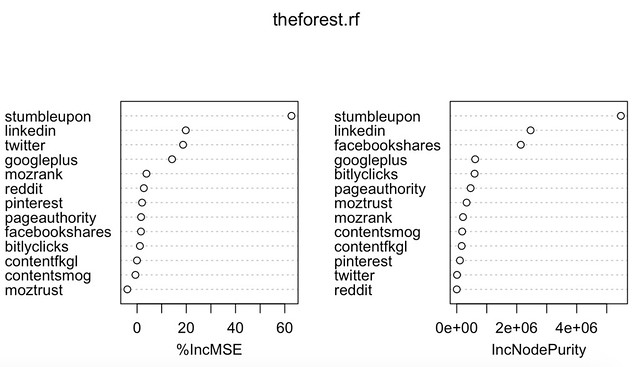The most innovative marketers routinely pick up new things, try them out, and succeed or fail. Why are marketers struggling so much to adapt to artificial intelligence and machine learning? In this series, we’ll explore machine learning and artificial intelligence to build a foundation for understanding the field – and how it applies to marketing.
AI Applications in Marketing: AI-Powered Conversation
Analytics is one of the most enduring areas of study in marketing. We’ve been working with data and analytics since the beginning of digital marketing. Those folks who have been in the marketing field for some time remember the days of downloading server logs and processing them with spreadsheets and other software to calculate even the simplest of metrics like website visitors. So much has changed since those early days, but one thing remains the same for the most part: Analytics looks at what happened.
The promise of artificial intelligence and machine learning is to simplify and accelerate our analysis of what happened. Right now, analytics is still a very manual task. Even with great applications like Google Analytics™, we still must go hunting for answers rather than have answers presented to us. That’s not necessarily a bad thing – it is, after all, job security. However, one of the key critical problems with marketing analytics today is that there’s too much data regurgitation and not enough insight, not enough useful information to take action on.
Spotting Trends and Digesting Data
With machine learning, we can digest and extract information out of the massive quantity of marketing data much faster. We can also detect trends and outliers much faster, then develop an understanding of what caused those trends in a data.
For example, suppose we have a large amount of data about our website. We have social sharing data, page views, time on page, bounce rate, keyword searches, all sorts of information about the performance of our content. This is a typical situation for a marketer to be in: we have a surplus of data but a lack of useful insight.
Using an ensemble machine learning technique like a random forest, we can digest down all this data to identify the most important variables which lead to our desired outcome. Looking over a thousand pages in my website and more than two dozen variables, what matters? What gets me more social sharing, for example?
When it comes to social sharing, here’s an example of using a random forest to identify the variables that matter the most.
This test of variable important says that Stumbleupon and LinkedIn contribute significantly to the sharing of my website content, followed by Ttwitter. If I were spending all my time trying to activate my content on Facebook, I would naturally have poorer results then if I had used these other networks. Digesting down those thousand pages and dozens of variables would have taken hours or days by hand; using a random forest took literally seconds.
Predictive Analytics
The promise of machine learning and artificial intelligence extends beyond faster analytics, however. In the hierarchy of analytics, once we understand what happened – descriptive and diagnostic analytics – we must evolve our understanding to predictive and prescriptive analytics.
How would our marketing change if we knew what was going to happen? How would it change if we even had a semblance of an idea of what was going to happen? We would likely change our plans significantly. We would allocate resources much more efficiently. We would focus our efforts on the times when our business is needed us most, from periods when we are likely to reap disproportionate rewards for efforts to mitigating weak spots when our businesses would suffer.
Predictive analytics is not a pipe dream or a far-off vision of the future. We use it today in our work. For example, using predictive analytics modeling software, I routinely take Google Analytics™ data and project it forward 12 months. I do the same with social media data, email marketing data, virtually any kind of normal, time-based data series. By projecting forward 12 months, I can identify likely strong and weak spots in the weeks and months ahead.
Armed with this knowledge, I can then build campaigns to double down on strong periods and mitigate weak periods. Predictive analytics lets me budget more carefully and thoughtfully comma and helps me make a case for increasing resources at key time periods, rather than asking for blanket budget and resource increases (which are unlikely to be approved in today’s business climate).
The best part is that much of the software needed to do these different types of machine learning is available for free. The major advancements in machine learning technology all stem from academia. Researchers and developers publish their code online for free under open source licenses; as long as you have the developmental and technical capabilities to implement their code, you can have these tools today for low or no-cost.
Next: AI-Powered Content Distribution
In the next post in this series, we’ll look at how machine learning and artificial intelligence help us distribute our marketing and content better, faster, and cheaper.




Leave a Reply